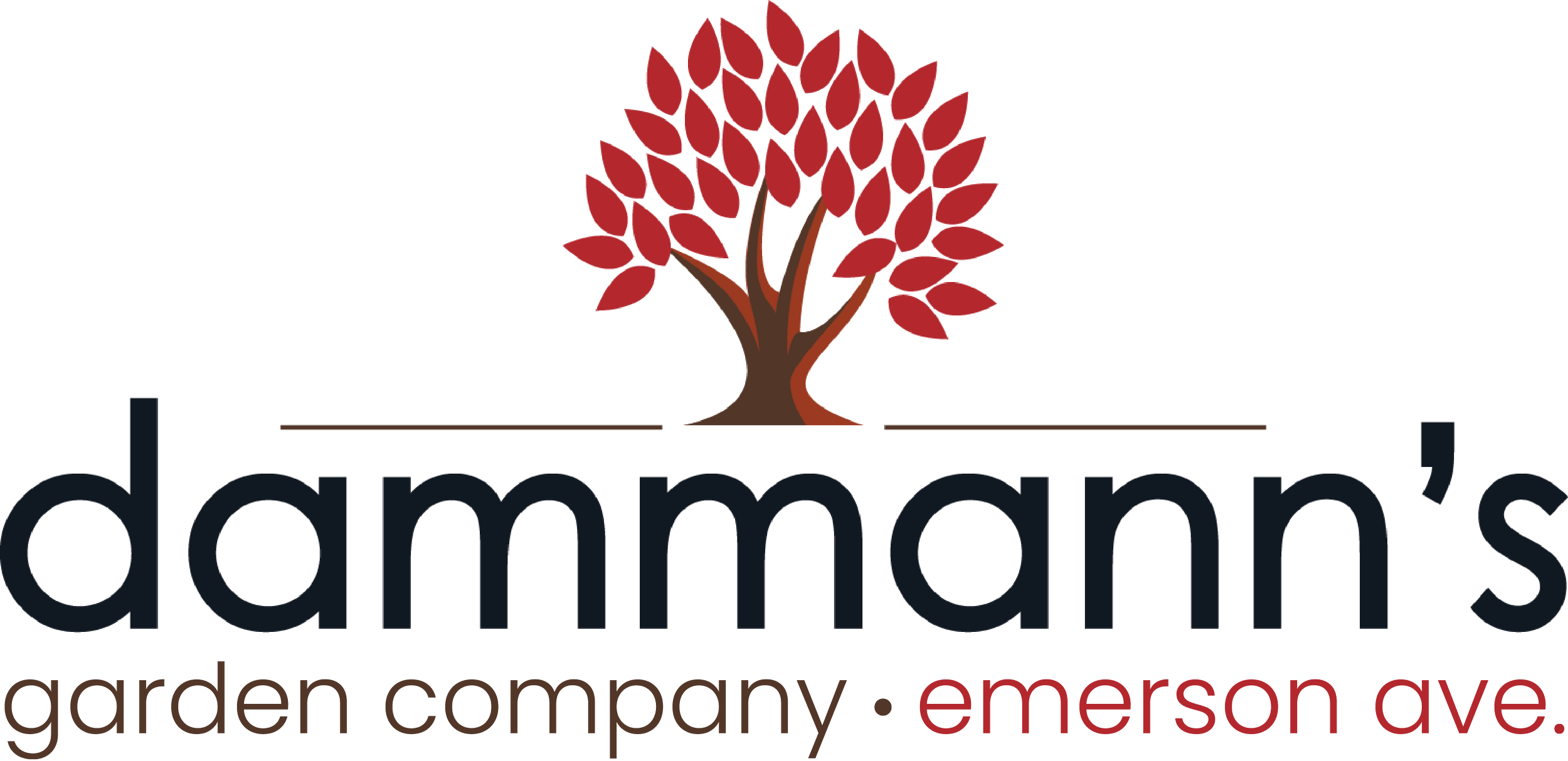What to Fertilize in Your Indianapolis Garden This July
July can bring with it hot and dry conditions that can be tough on your garden plants. That said, July in Indianapolis can often be the second wettest month after May! Both conditions – be it dry and hot or wet and hot – can create conditions that put stress on your plants. Here at Dammann’s we carry an extensive selection of both organic and conventional fertilizers. We have just about every fertilizer you’ll ever need for your outdoor garden and landscape, indoor houseplants, and seed starting projects. Both specialty fertilizers are specific to individual types of plants as well as general fertilizers that can be used on anything.
Many plants in your garden will need fertilization in July, so let’s walk through what to feed and how.
Keep Your Garden Blooming
Annual Flowers & Foliage: Annual color and foliage plants tend to need more regular feeding to keep their good looks. You can fertilize these plants every 2-4 weeks with a water-soluble fertilizer to keep the blooms coming. You can also use a slow-release granular fertilizer per the label instructions. Many of these slow-release fertilizers will last several months but tend to get used faster by plants when it’s warm and they are growing faster.
Dr Joe’s Blooming Flower Bubble Flower Food
ESPOMA Flower-tone
Perennials: It’s good practice to fertilize perennials just after their peak bloom season to help plants strengthen the summer and upcoming cold season. It’s best to fertilize your perennials in Indianapolis by mid-July so all the current season’s growth can harden off properly before winter.
The Rose Garden
Organic Fertilizer: This is a good time to apply a gentler granular slow-release organic fertilizer to your roses. Typically, you’ll need to fertilize your roses twice per year with a granular fertilizer; once in spring and then again in early July.
We love ESPOMA Rose-tone.
Liquid Fertilizer: If you prefer to fertilize more frequently with a liquid feed, you can use a balanced ratio liquid fertilizer every 2-3 weeks during the growing season, with your last application by mid-July.
The Vegetable Garden
Tomatoes: If you love tomatoes and want to ensure a good harvest, then it’s time to apply a balanced fertilizer with a balanced ratio, especially if the fruit is beginning to form. Once fruit is forming, do not over-fertilize with high nitrogen fertilizers as it can delay further flowering and encourage too much leafy growth.
Dr Joe’s tomato & Vegetable Bubble Vegetables and Plant Food
ESPOMA Tomato-tone
Other Veggies: You can also feed your other veggies, such as peppers, squash, cucumbers and the like to encourage more blooms and fruits. If you are growing veggies in containers you typically need to fertilizer more frequently due to fertilizer leaching out with regular watering. Or, add an organic slow-release to the containers once per month.
ESPOMA Garden-tone
Trees & Shrubs
New Plantings & Established Trees: When planting new trees and shrubs this time of year, it’s best to apply a root stimulator versus a fertilizer. You want your trees to put energy into root production instead of top growth. Also, it’s best to avoid fertilizing established trees and large shrubs after mid-July to not encourage tender new growth that may not harden off in time for winter.
How to Fertilize if it’s HOT!
Water Before Fertilizing: If temperatures are hot and the soil is dry, make sure to water the soil first both for garden beds and containers before applying the fertilizer to not burn plant roots and ensure plants can take up nutrients properly.
Confused About Fertilizer?
The topic of when, how, and with what to fertilize your garden and plants can be overwhelming. If you’re not sure how best to fertilize your garden, please come visit us at the garden center and we can walk you through our extensive selection to help you find just the right plant food.





